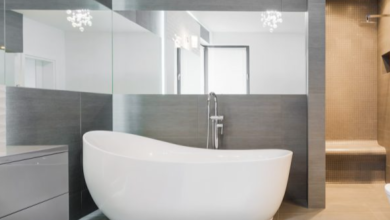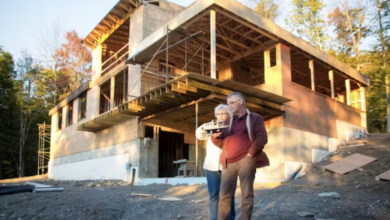
Building a Truly Green Home: A Guide to Energy Efficiency
Making a home energy-efficient is one of the most effective ways for a homeowner to reduce their environmental impact and save a significant amount of money on utility bills. An energy-efficient home is not only better for the planet but also more comfortable and healthier to live in.
While the idea of a comprehensive energy overhaul can seem daunting, a combination of simple upgrades and smart habits can lead to substantial long-term benefits.
By focusing on insulation, lighting, appliances, and smart window solutions, homeowners can transform their property into a model of sustainability and cost-effectiveness.
Seal the Gaps with Quality Replacement Windows
Windows are a major source of heat loss in the winter and heat gain in the summer. Older, single-pane windows can leak conditioned air and allow drafts to enter, forcing your heating and cooling systems to work harder.
The installation of modern, energy-efficient replacement windows is a key step in improving a home’s thermal performance.
These windows typically feature double or triple-pane glass, low-emissivity (Low-E) coatings, and insulated frames, all of which significantly reduce heat transfer.
This investment not only lowers energy consumption but also improves the comfort of rooms by eliminating cold or hot spots near the windows.
Control Sunlight with Beautiful Plantation Shutters
While windows are a primary source of light, managing solar heat is critical for energy efficiency. One of the most stylish and effective ways to control sunlight and insulate your home is with beautiful plantation shutters.
These window coverings are known for their thick, solid construction and tight-fitting design, which provides a powerful barrier against heat and cold.
During summer, closing the louvers can block out intense sun, reducing the need for air conditioning. In winter, they can be closed to add an extra layer of insulation, helping to trap warm air inside. This versatile solution offers year-round savings and enhances a home’s interior design.
See also: How a Custom Home Builder Solves Common Design and Layout Issues
Upgrade to Energy-Efficient Appliances and Lighting
Household appliances and lighting fixtures account for a significant portion of a home’s energy consumption. By replacing old appliances with newer, energy-efficient models certified with energy ratings, homeowners can see immediate savings.
These products are designed to perform the same functions while using less electricity. Similarly, switching from traditional incandescent bulbs to LED lights is a simple yet impactful change.
LEDs consume up to 80% less energy and have a much longer lifespan, reducing both energy use and the frequency of bulb replacement.
Seal Air Leaks and Improve Insulation
Air leaks around doors, windows, and in attics and basements can lead to a significant amount of wasted energy. A simple test with an incense stick can help identify drafts. Sealing these leaks with caulk, weatherstripping, or foam sealant is a low-cost, high-impact project.
Additionally, ensuring that the home is properly insulated is crucial. The attic, walls, and floors should have adequate insulation to prevent heat from escaping in winter or entering in summer.
Proper insulation helps maintain a stable indoor temperature, reducing the strain on heating and cooling systems.
Smart Thermostat and Home Automation
A smart thermostat is an intelligent device that learns a household’s heating and cooling patterns and adjusts the temperature automatically to optimize energy use.
These thermostats can be controlled remotely via a smartphone, allowing homeowners to turn the system on or off as needed, even when away from home.
Integrating other smart home devices, such as automated lighting and smart plugs, can also help to further reduce energy consumption by ensuring that electronics and lights are not left on unnecessarily.


